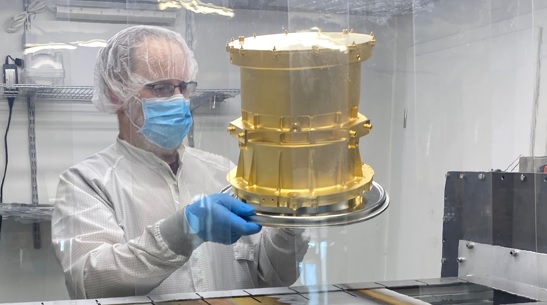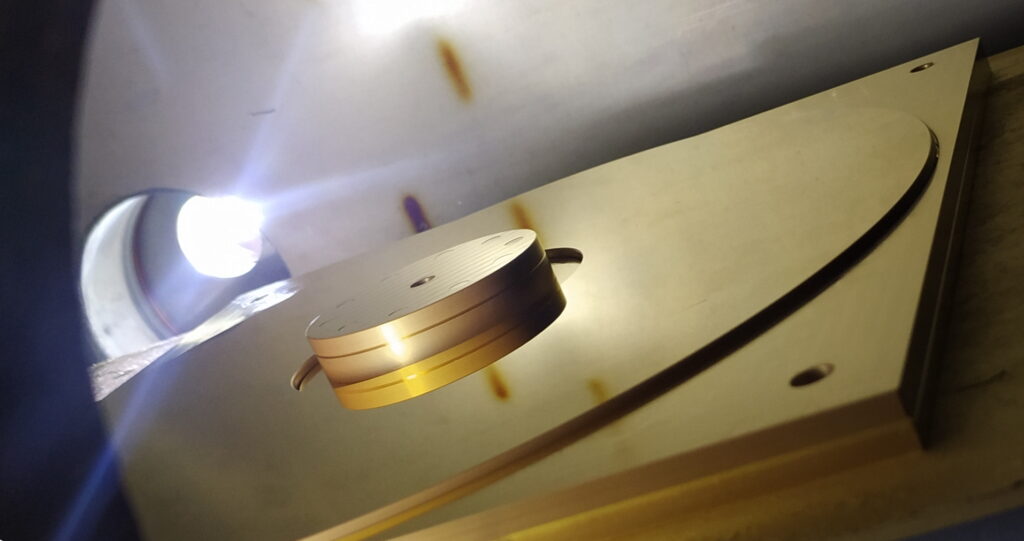magtec GmbH
Bahnstrasse 73
67518 Ellerstadt, DE
coating solutions
coating solutions


In space technology Au-coatings are used as thermal-control coatings. For such application complex 3-dimensional shapes can be coated, which are suspended on an axis of rotation and whose dimensions are limited by a cube with an edge length of 40 cm.
We also perform high-purity, maximum density coatings for spacecraft measuring instruments with materials such as Au, Ir or Ru.
In particular, we have coated specific components for the following missions: